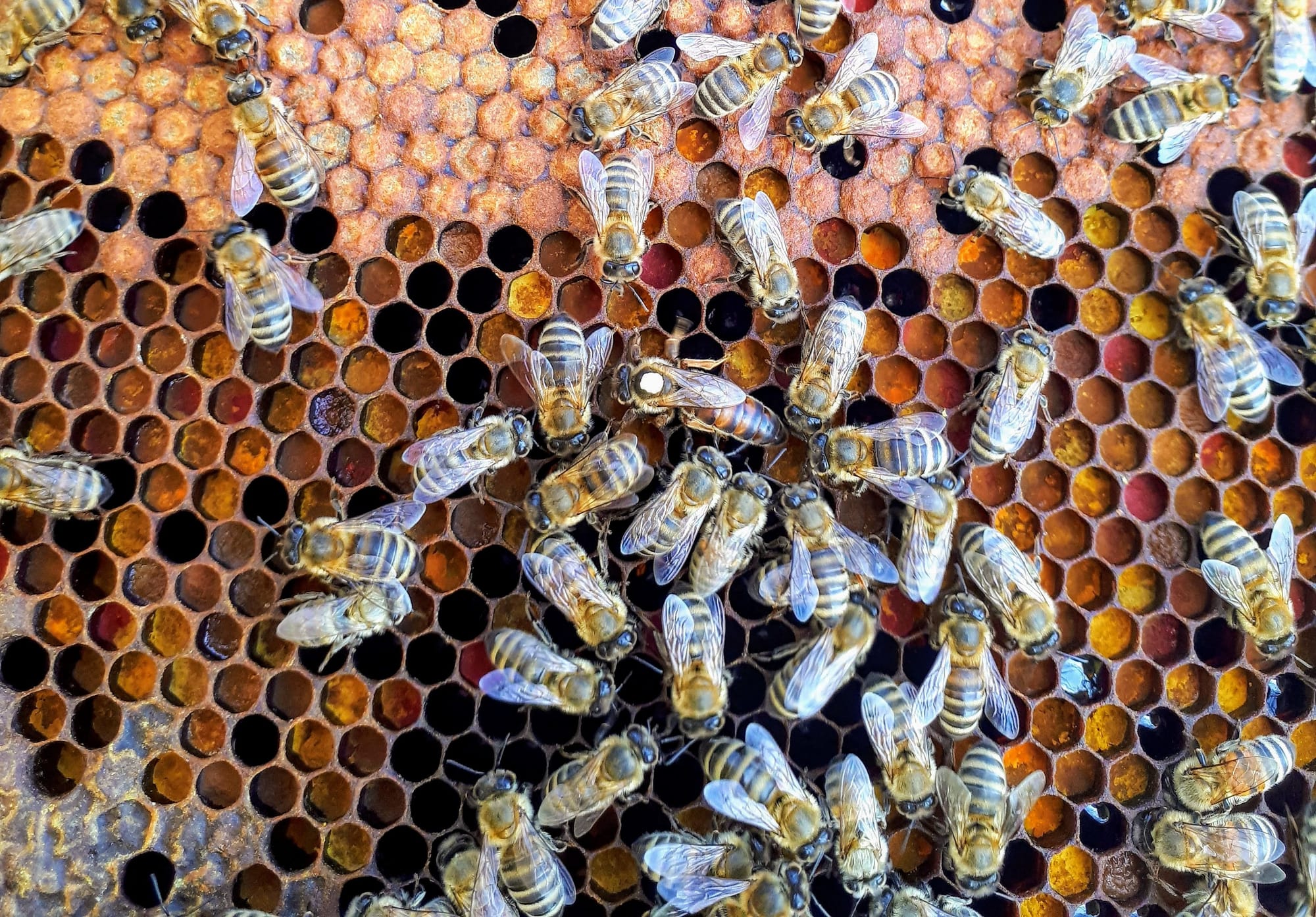‘Destructor’ mite detection puts SA beekeepers on alert
SOUTH Australian beekeepers are on high alert after the detection of varroa mites in biosecurity surveillance hives at the Port of Newcastle, NSW...

SOUTH Australian beekeepers are on high alert after two detections of varroa mites in NSW hives.
Varroa mites, or Varroa destructor, are the most serious pest of honey bees worldwide, are tiny reddish-brown parasites and easily identifiable to the naked eye.
The first detection was made in at the biosecurity surveillance hives at the Port of Newcastle last Wednesday, and a second detection was made in a commercial load of bees within 10km of the first on Saturday.
NSW chief plant protection officer, Satendra Kumar, said the surveillance hives were immediately contained and the bees euthanised.
“NSW Department of Primary Industries (DPI) plans to protect the NSW honey industry by eradicating the parasite, which was confirmed as Varroa destructor,” Dr Kumar said.
“Australia is the only major honey producing country free from varroa mite. If varroa mite establishes here it could cost Australia’s honey industry more than $70 million a year and adversely impact multibillion-dollar plant industries, which rely on bee pollination.”
To ensure the detection is controlled and an outbreak is avoided, a 50km ‘do not move’ order is in place, with beekeepers in the Newcastle area restricted from moving hives and equipment in or out of the area.
Hives in the second detection site were found to have been moved outside the prescribed 50km exclusion zone and a new 10km eradication zone was established at the new hotspot.
A Stand Still Order has been put in place for all hives in NSW on Sunday night, to give authorities time to track hive movements and determine locations of "at risk" hives.





